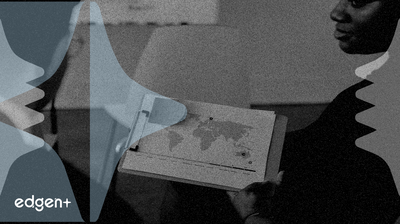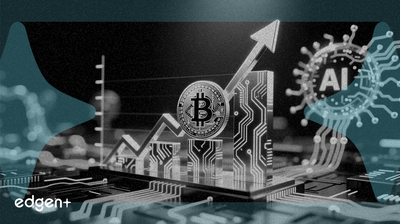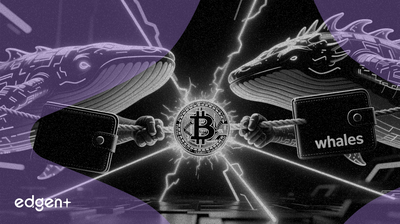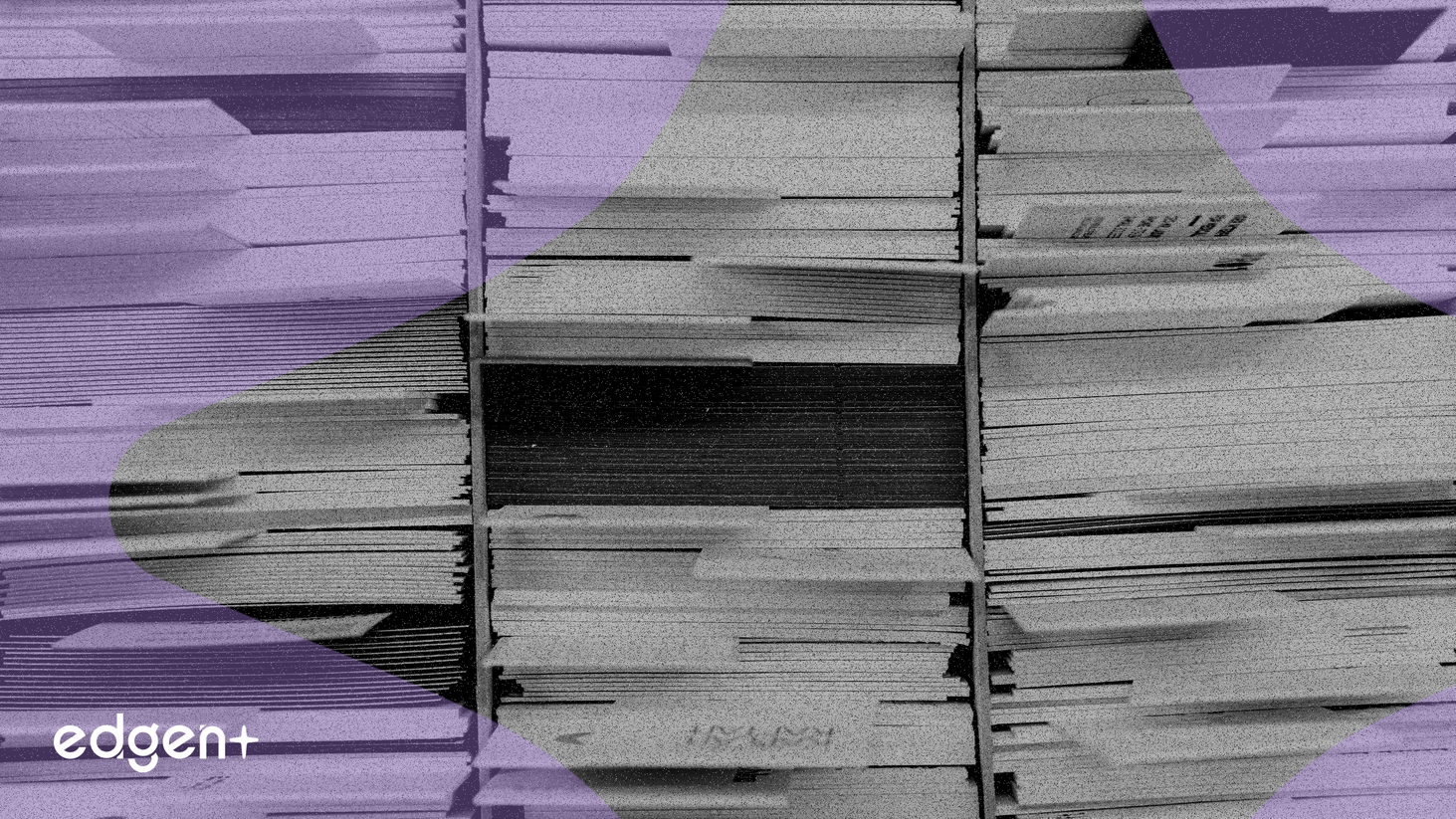Related News

Trump Announces April Beijing Visit Following Cabinet Meeting, Citing Trade Discussions
## Executive Summary President Donald Trump has announced a planned diplomatic visit to Beijing in April, followed by a reciprocal state visit from Chinese President Xi Jinping to the United States later in the year. The announcement, which came after a formal cabinet meeting, signals a potential shift in U.S.-China relations, with significant implications for trade policy and international markets. The discussions leading to this development were reported to include key economic topics, notably agricultural trade, suggesting that economic stabilization is a primary objective of the renewed engagement. ## The Event in Detail On Monday, President Trump confirmed his acceptance of an invitation from President Xi to visit Beijing. The announcement followed a phone conversation between the two leaders. According to official statements, the call covered several pressing issues, including the Russia-Ukraine war and trade in agricultural products, with a specific mention of soybeans—a major U.S. export to China. The diplomatic schedule indicates a two-part engagement, with President Trump’s visit to China in April, and a subsequent state visit by President Xi to the United States, potentially in Florida or Washington, D.C. A meeting of the President’s cabinet was convened at the White House prior to the announcement. This procedural step underscores the formal and strategic nature of the diplomatic initiative, indicating that the decision was a coordinated effort across major U.S. governmental departments. ## Market Implications The explicit mention of agricultural products, particularly **soybeans**, is a critical data point for commodities markets. A normalization of trade relations could lead to the removal of tariffs and an increase in agricultural exports to China, potentially boosting futures prices for soybeans and other grains. Companies in the agricultural sector, from producers to equipment manufacturers, will be closely watched. More broadly, a de-escalation of trade tensions between the world’s two largest economies could reduce global market volatility. Sectors that are highly sensitive to tariff uncertainty and supply chain disruptions, such as technology and manufacturing, may experience improved investor sentiment. Any progress in stabilizing the U.S.-China trade relationship could also impact currency markets, particularly the USD/CNY exchange rate, as markets price in lower risk premiums. ## Diplomatic and Geopolitical Context This move represents a significant step towards re-establishing a structured dialogue between the two nations. While the focus on trade suggests a pragmatic approach, underlying geopolitical tensions remain. Chinese state media reported that President Xi reiterated Beijing's position on Taiwan during the call, describing its "return to China is an integral part of the post-war international order." This highlights that while economic talks may progress, fundamental strategic disagreements will continue to shape the broader relationship. The meetings will be a key test of whether economic cooperation can be pursued independently of these more contentious geopolitical issues.

Cango Q3 Revenue Hits $224.6M Driven by Bitcoin Mining Amid Strategic Pivot to AI
## Executive Summary Cango Inc. (NYSE: CANG) has reported robust unaudited financial results for the third quarter of 2025, showcasing a significant 60.6% quarter-over-quarter increase in total revenue to $224.6 million. The performance was overwhelmingly driven by its Bitcoin mining operations, which accounted for $220.9 million of the total. Alongside this strong operational quarter, the company announced a strategic initiative to diversify its business into AI compute and energy projects, signaling a long-term vision beyond digital asset mining. ## The Event in Detail In its Q3 2025 report, **Cango** detailed the production of 1,930.8 BTC, which translates to an average of approximately 21 BTC mined per day. This operational output generated $220.9 million in revenue for the mining business. A key indicator of improved profitability was the firm's adjusted EBITDA, which surged to $80.1 million, a dramatic increase from the $1.2 million reported in the prior-year period. The company also grew its digital asset holdings, with its total **Bitcoin** balance surpassing 6,400 BTC by the end of October 2025. ## Market Implications The strong financial results underscore the profitability of **Cango's** core mining business, providing a solid capital base for its diversification strategy. The move into AI high-performance computing (HPC) and energy markets represents a strategic pivot to leverage its existing infrastructure and expertise. This diversification could mitigate risks associated with **Bitcoin** price volatility and appeal to a broader class of investors who are bullish on the growth of artificial intelligence. The market will be watching closely to see how the company executes this transition and manages its dual focus on crypto mining and AI infrastructure. ## Expert Commentary Paul Yu, CEO and Director of **Cango**, commented on the company's operational achievements and growing asset base. In an October 2025 update, he stated: > "In October, we increased our average operating hashrate to over 90%, while our Bitcoin holdings surpassed the 6,000 BTC milestone, reaching a total of just over 6,400 BTC by month-end." This commentary highlights the firm's commitment to optimizing its core mining operations while simultaneously building its balance sheet. ## Broader Context **Cango's** strategy is reflective of a wider trend among industrial-scale **Bitcoin** miners. Many companies in the sector are exploring ways to repurpose their vast energy resources and high-density computing infrastructure for non-crypto applications, particularly AI and HPC workloads. This evolution from pure-play miners to diversified technology infrastructure providers allows companies to create new, potentially more stable, revenue streams. **Cango's** formal move in this direction positions it alongside other miners who are capitalizing on the explosive demand for AI-related computing power, potentially reshaping the business model for the entire crypto mining industry.

Two New Whale Wallets Establish $64 Million in Opposing Leveraged Bitcoin Positions
## Executive Summary Two newly created digital wallets have established large, opposing positions on Bitcoin with significant leverage, amounting to a combined notional value of approximately $64 million. One wallet has taken a substantial long position, betting on a price increase, while the other has taken an equally significant short position, anticipating a price decline. This event signals a strong disagreement on Bitcoin's short-term trajectory among well-capitalized market participants and introduces a higher probability of increased market volatility. ## The Event in Detail The opposing positions were initiated by two distinct, new wallets. The first wallet, **0xfB66**, entered a long position by purchasing 300 BTC at an average price of $84,736.9. The position was opened with 15x leverage, bringing its total notional value to approximately $25.4 million. In direct opposition, the second wallet, **0x4321**, initiated a short position, borrowing and selling 447.38 BTC at an average price of $86,373.6. This trade was executed with 20x leverage, resulting in a notional value of approximately $38.6 million. The establishment of these positions creates a high-stakes "long-short duel," where the profitability of one position comes at the direct expense of the other. The high leverage employed by both parties magnifies potential gains and losses, creating a financially sensitive environment around these price levels. ## Market Implications The primary implication of this whale activity is the heightened potential for market volatility. Highly leveraged positions are susceptible to liquidation if the market moves against them. A significant price movement in either direction could trigger a cascade of forced liquidations, which would, in turn, accelerate the price trend and amplify market swings. Market observers note that such a clear and public disagreement between large traders often precedes a period of price consolidation or a significant breakout as one side of the trade is ultimately forced to capitulate. ## Expert Commentary While specific actors behind the wallets remain anonymous, the scale and structure of the trades indicate they are operated by sophisticated entities or "whales." Analysts view this activity as a sign of a deeply divided market. Unlike events where large amounts of Bitcoin are moved off exchanges for long-term custody, these leveraged derivative trades are explicitly speculative and short-term in nature. The closing of large short positions has previously been observed to inject confidence into the market; however, the simultaneous opening of both long and short positions suggests conviction on both sides and points toward an impending battle for price control. ## Broader Context This event occurs amidst a backdrop of significant Bitcoin movements by large holders. Recent on-chain data has shown billions of dollars in BTC being shifted to new wallets, often interpreted as custody updates or long-term holdings by institutional players. However, this $64 million leveraged duel highlights a different, more speculative facet of the market. It demonstrates that while some large entities are focused on accumulation and storage, a separate class of major participants is actively engaged in high-risk trading, contributing to a complex and multi-layered market structure where long-term trends and short-term volatility coexist.
